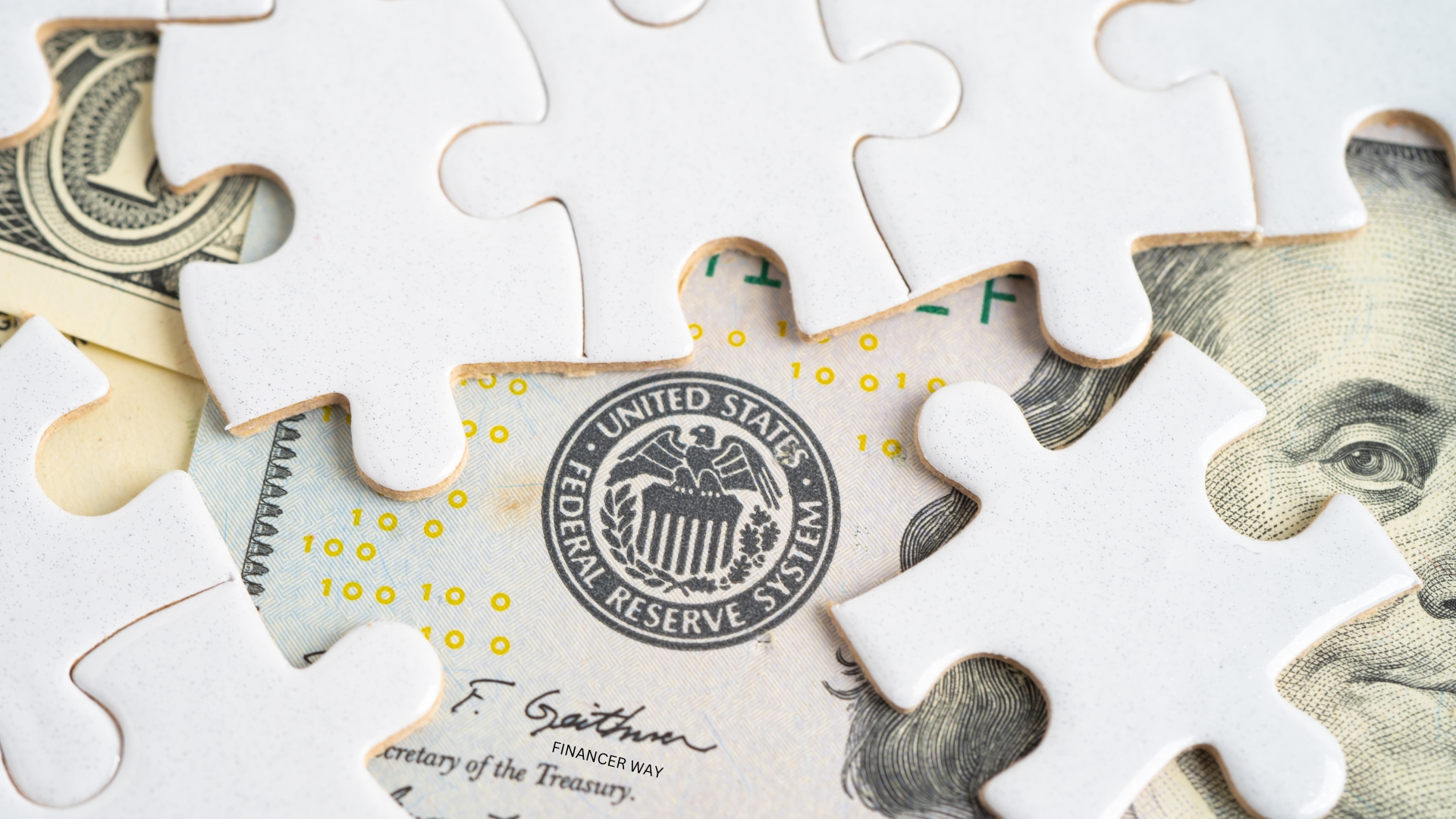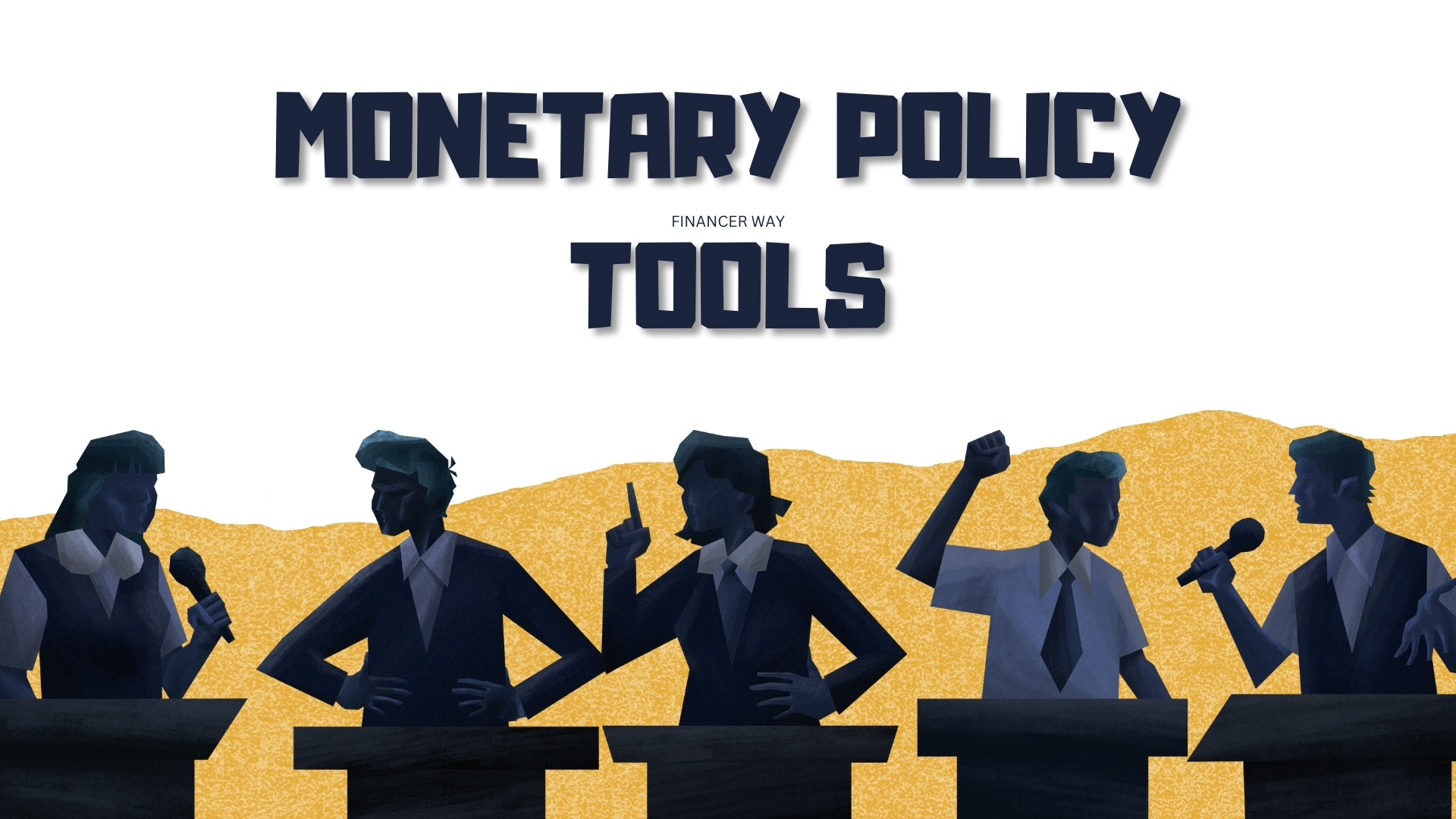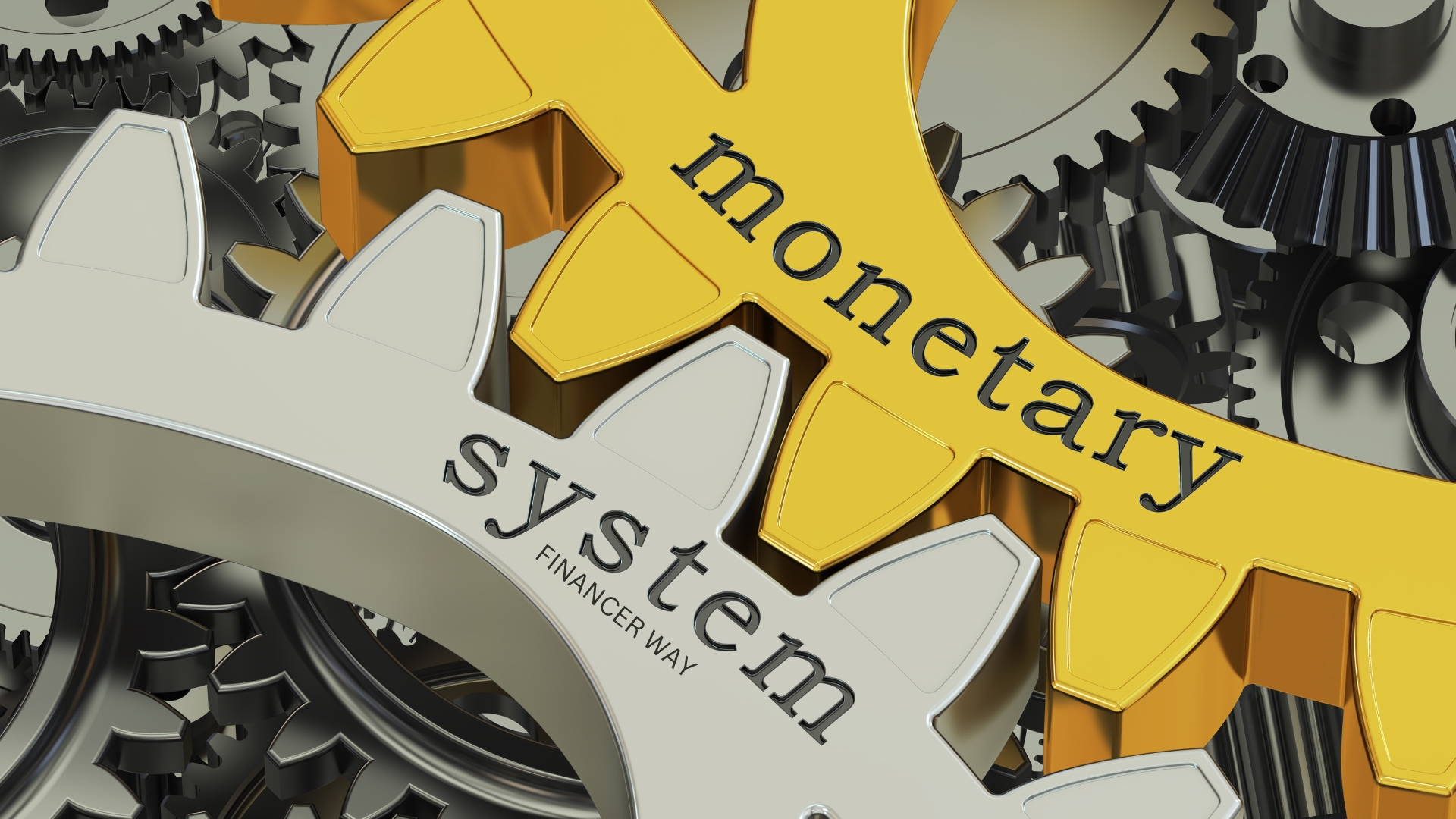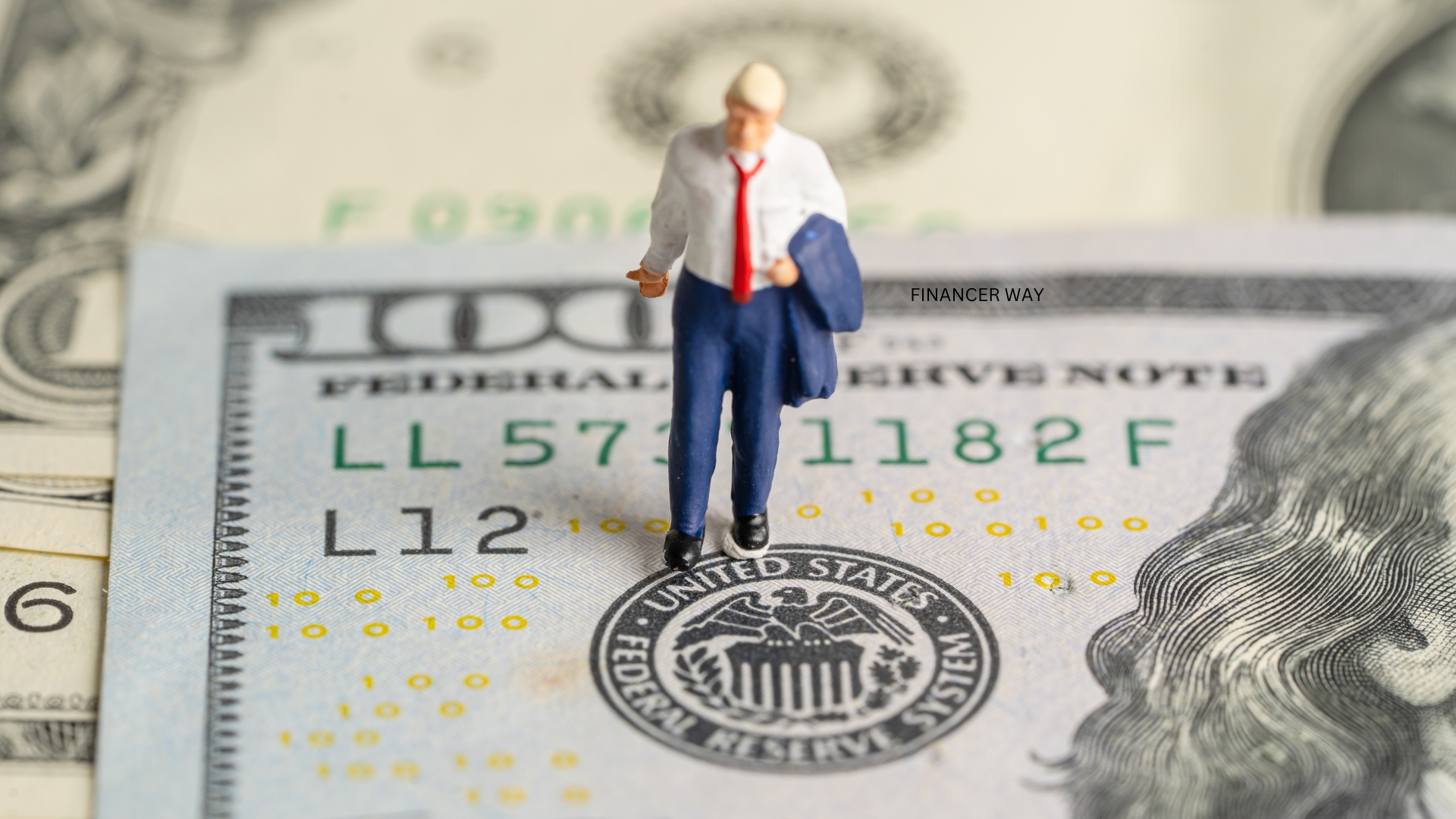“Understand the role of monetary policy and the Federal Reserve in shaping the U.S. economy. Learn about interest rates, the money supply, and the tools they use to promote economic growth and stability.”
Monetary policy and the Federal Reserve are integral components of the United States economic framework and play an important role in shaping the country’s financial landscape. As a key institution, the Federal Reserve, also known as the “Fed”, is responsible for implementing monetary policy decisions that affect the country’s economy. In this article, we will examine the complexities of monetary policy and the Federal Reserve, its functions, tools, and importance in maintaining economic stability.
What is monetary policy?

Monetary refers to the actions taken by central banks (in this case, the Federal Reserve) to control the money supply and interest rates to promote economic growth, stability, and low inflation. The main objective of monetary policy is to create a favorable economic environment by linking the following key variables.
Money Supply: Total amount of money circulating in the economy.
Interest rate: The cost of borrowing money, which influences consumption and investment decisions.
Federal Reserve: structure and functions

The Federal Reserve, established in 1913, is the central bank of the United States. Its composition includes:
- Board of Governors of the Federal Reserve (Washington, DC): a seven-member board that determines monetary.
- 12 Federal Reserve Banks (located nationwide) – implement monetary policy decisions and provide banking services.
The main functions of the Federal Reserve include:
- Interest Rate Fixing: Adjusting short-term interest rates to affect the money supply and economic activity.
- Purchase or sale of government securities: Open market operations to increase or decrease the money supply.
- Supervision and Regulation of Banks: Ensure the stability and soundness of the banking system.
Monetary policy tools

The Federal Reserve uses a variety of tools to implement monetary policy decisions:
- Federal funds rate: The interest rate at which banks borrow and borrow money from each other overnight.
- Open Market Operations: Purchase or sale of government securities to increase or decrease the money supply.
- Discount Rate: The interest rate at which banks borrow money directly from the Federal Reserve.
- Future orientation: Communicate future political intentions to influence market expectations.
How does monetary policy affect the economy?

Monetary decisions have a profound impact on the economy and affect the following:
- Inflation: Adjustment of interest rates and the money supply to control inflationary pressures.
- Employment: Promote job creation and economic growth through accommodative monetary.
- GDP: increase in economic output through increased consumption and investment.
- Currency Value: Affects the value of the US dollar relative to other currencies.
Conclusion
Finally, understanding monetary and the Federal Reserve is essential to addressing the complex landscape of the US economy. By understanding the complexities of the Federal Reserve’s monetary tools and actions, individuals can better understand the factors that influence economic trends and make informed decisions. Since the Federal Reserve plays an important role in shaping the nation’s economic future, it is important for investors, policymakers, and individuals to be aware of monetary and its implications.
Frequently asked questions (FAQ)
Q1: What is the main objective of monetary?
A1: The main objective of monetary is to promote economic growth, stability and low inflation.
Q2: What are the three instruments of monetary policy?
A2: The Federal Reserve uses open market operations, discount rates, and forward guidance to implement monetary decisions.
Q3: What is the difference between monetary policy and fiscal policy?
A3: Monetary focuses on the money supply and interest rates, while fiscal policy involves government spending and taxes.
Q4: Who is responsible for setting monetary policy in the United States?
A4: The Federal Reserve, headed by the Board of Governors of the Federal Reserve, makes monetary policy decisions.
Q5: How does monetary affect inflation?
A5: Monetary policy decisions can affect inflation by adjusting interest rates and the money supply to control inflationary pressures.
Additional Resources
- Monetary: Actions taken by the central bank to control the money supply and interest rates.
- Federal Reserve: The central bank of the United States.
- Open Market Operations: Purchase or sale of government securities to increase or decrease the money supply.
- Discount Rate: The interest rate at which banks borrow money directly from the Federal Reserve.
- Future orientation: Communicate future political intentions to influence market expectations.
- Inflation: A constant increase in the general price level of goods and services in an economy over time.
